Prepare, Race, Repeat
---
Pre-Race Preparation: What I Avoid

Few days prior to the race, I pay close attention to what exactly and how much I eat. Most of us know that seafood products can have a higher risk of getting foodborne illnesses. Shellfish also carries the risk of food poisoning because the algae that the shellfish live in produces many toxins that can build up to dangerous levels. Few years ago, after I got a neurotoxic shellfish poisoning from cooked clams, I stopped eating shellfish all together. I still stay away from any type of seafood during the few days prior to a race. Particularly, I wouldn’t recommend any consumption of raw seafood prior to the race since it has even higher risk of poisoning.
I avoid high-fat foods. Foods with a lot of fat, such as fried foods, cheese, hamburgers, or bacon, digest slowly and will feel like they're sitting in your stomach. Because the body uses more energy digesting fatty foods, your race performance might suffer if you consume excess fats.
The same goes for dairy products. I avoid them at least a day or two prior to the race. Milk, yogurt and other dairy products are mucus inducers, meaning they increase phlegm production. This can make you and your stomach uncomfortable when you're trying to run your heart out. The elimination of dairy 24 hours before running is the cure for a number of runners’ stomach problems. If you know that dairy does not affect you in any way, you should be fine. But if you're unsure, avoid it 24 to 48 hours before a race.
As for hydration, I make sure I hydrate well while staying away from carbonated drinks/sodas. A carbonated drink stays in your stomach for longer than a non-carbonated beverage. So, the problem is, if you’re going to put fluid in your body before you run, the goal of that liquid is not to reside in your stomach while you run, it’s to leave your stomach to be able to hydrate your muscles. Carbonated drinks can leave you tired, bloated, tight, hence can impair your running. I’d recommend not to have them on the race day before starting your run.
Cold Swim Obstacles and Hypothermia

We all pay close attention to the forecast for the race weekend. It’s important because our preparation should vary depending on whether it’s cold, hot, wet, dry, humid etc. I don’t have any problems with the hot weather, so I mostly focus on my race preparation for cold/wet or cold/dry conditions.
Everyone has their own cold weather gear preferences, based on gender, body composition, athletic background, seasonal acclimation, personal budget, and more. I discovered from my tough experience that I should not use long compression shirts on cold/wet races.
In 2017 we had a really cold and wet Spartan Beast in Texas. It was very windy with the low 30s and a lot of natural water obstacles like pond crossings and swamps to go through. That’s where I made a mistake in race preparation by putting a long compression set, thinking it will maintain my body temperature at optimal level. After crossing the first water obstacle I was completely soaked in cold water and that’s where my hypothermia journey began. As I was running, a strong wind was blowing making my long compressions really cold and my core temperature drop significantly. Running became harder, and I could not feel my feet; my legs got heavy; and my vision became blurry. Later, I realized I was becoming hypothermic. I started a mental battle with my body and tried to put all I had left to finish that race and not take medical DNF. I managed to finish 8th in elite heat with Z-Wall and Multi-Rig fails, but I saw a lot of racers struggle because of the weather conditions. From this experience I don’t recommend putting on long sleeve compression shirt for cold, windy, wet races.
Concerning cold weather races, it's also a good idea to watch for dunk wall location whenever Spartan Race (or whatever OCR you're racing) releases the course map. When the dunk wall is at the beginning of the Spartan race, we realize that we will be running wet and cold throughout the rest of the race. There is a chance for hypothermia in those conditions. That’s when I’d skip long sleeve compression top to avoid hypothermia. When Dunk Wall is farther in the race, it’s a different story. For example, Spartan Beast and Ultra Beast in Spartanburg, SC, in November 2018 was really cold and frosty, but the dunk wall was at the very end of the race. The long sleeve compressions were a great idea for that setting with the dunk wall close to the finish line. Right preparation and hard training for that race helped me win that Ultra.
Another famous hypothermia threat is the Spartan Race Swim at Lake Tahoe, which takes place in a cold pond on the top of the mountain.

After a long climb to reach the mountaintop where the swim obstacle is, the body temperature increases, the heart rate is high, and jumping into a cold freezing water will have dramatically negative affects on the body. It presents the potential for physical and even psychological shock; it can cause breathing difficulties; and in some cases, panic. I'm convinced that easing off just enough to enter the water slowly and allowing your body to adapt to cold water is better than risk shock from jumping into the water. Thoughtfully managing your body temperature allows you to better control your breathing.
When the cold water hits your face, the shock causes your lungs to contract, causing breathing problems. Go waist deep into the water and submerge your face to blow bubbles. This helps alleviate the shock of the cold water. Don’t over breathe or breathe too deeply. This causes an oxygen-carbon dioxide imbalance and will make you feel light-headed.
After entering the water, I usually start swimming slowly using breast stroke style. As I progress with my swimming, I swap to a freestyle for speed, and to the breast stroke at the end of the swim so I can see the direction of obstacle exit. Cold water is a pretty big challenge for many. So, come prepared for a signature obstacle like the swim at Lake Tahoe World Championship.
Post-Race. Active Recovery

For me, post-race recovery is not ice therapy or Epson salt bath, but active recovery. I always use biking as my active recovery. It’s the best option for me, because it has zero-impact force after a long OCR race. Usually I ride from 20 to 30 miles the next day after the race. Active recovery prevented me from a lot of injuries. The alternative active recovery that I use is swimming.
These are a few tips to consider when nearing your next race.
- Lefty



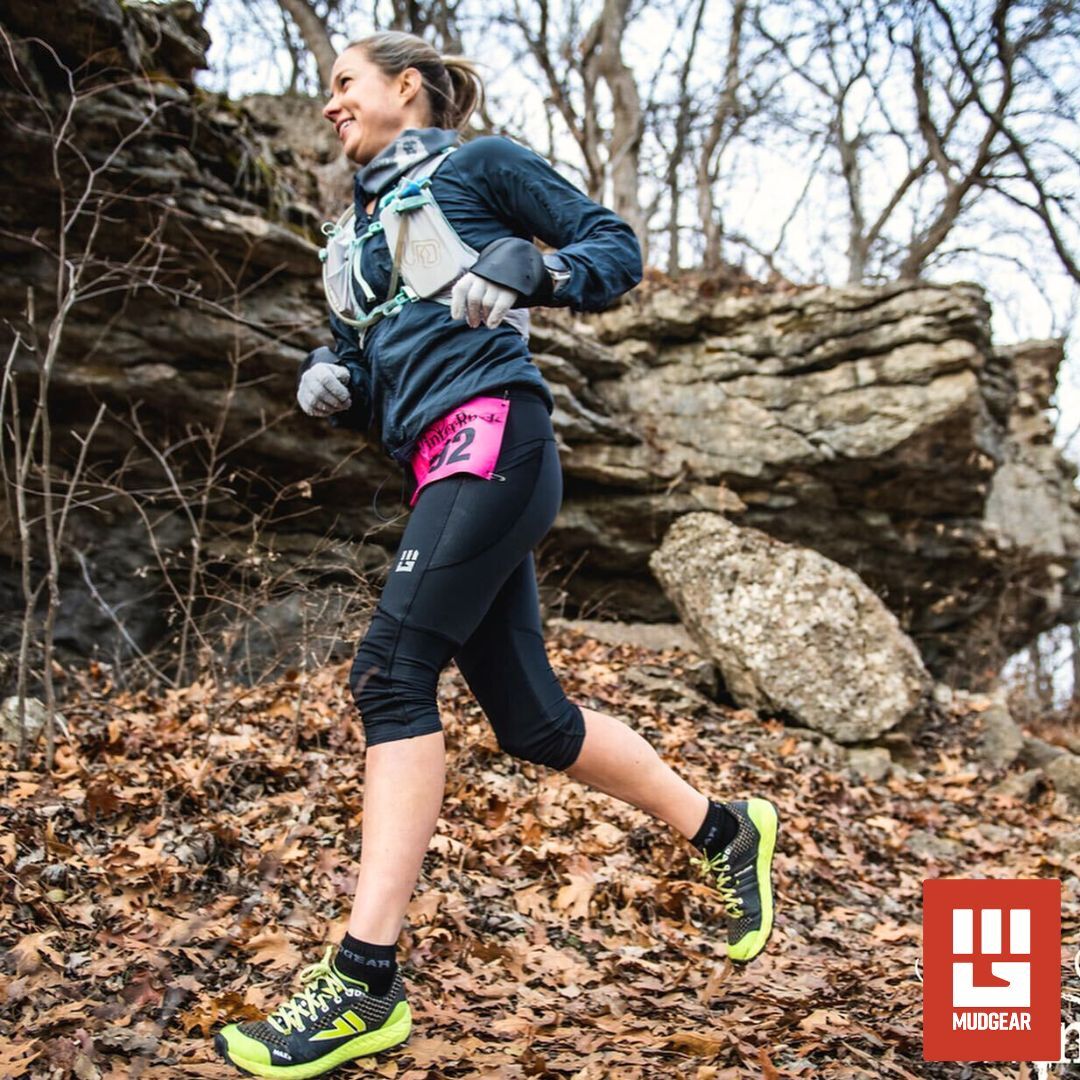
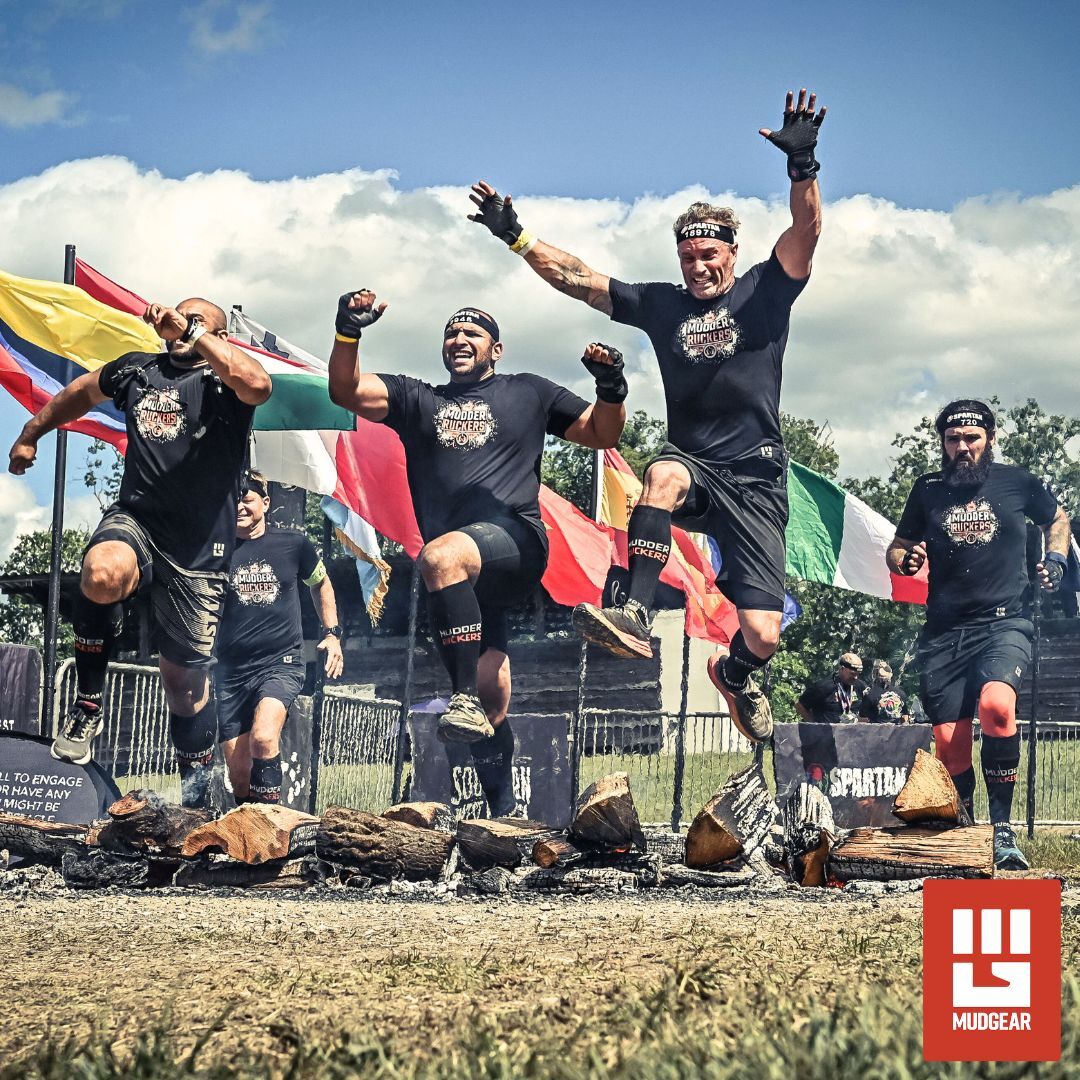
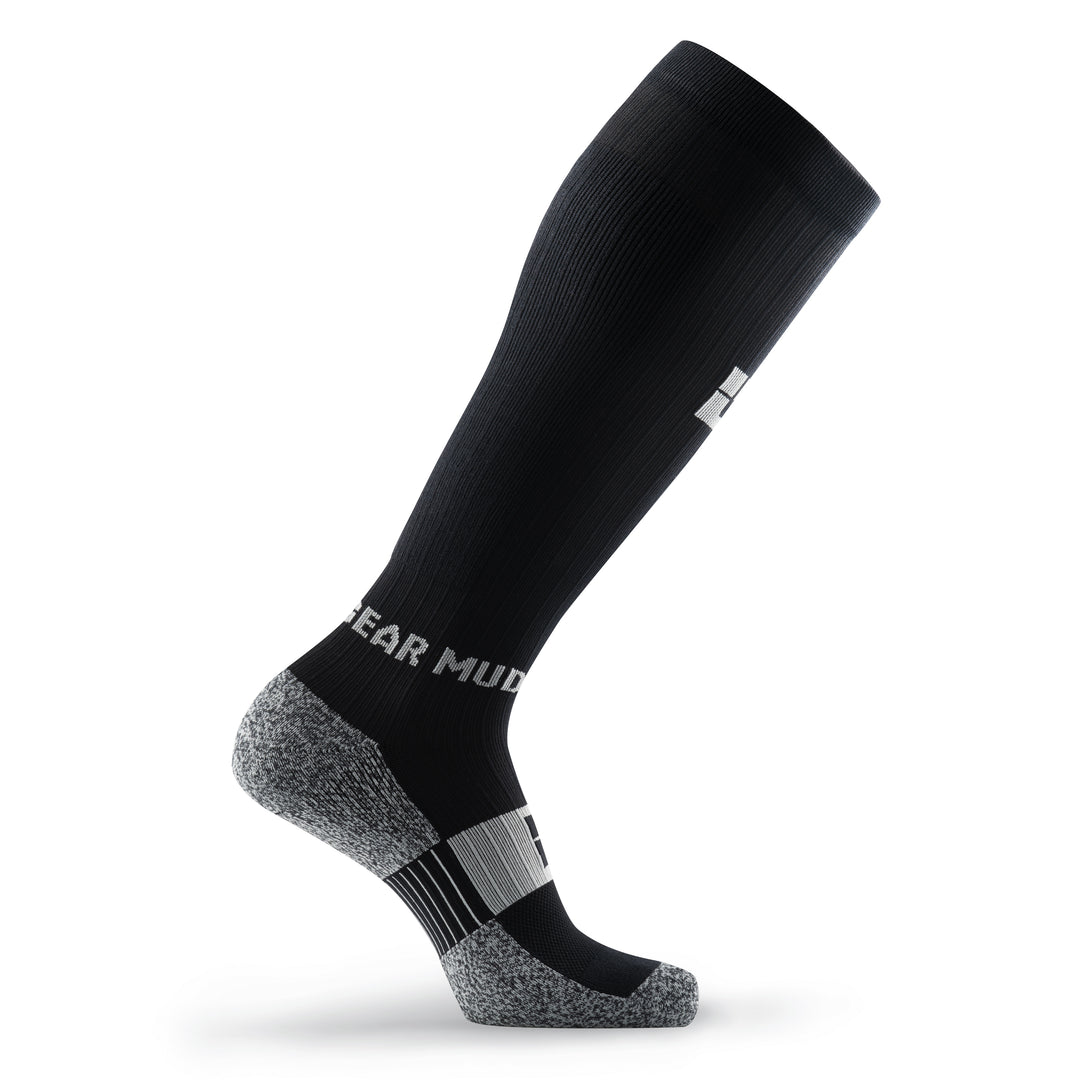
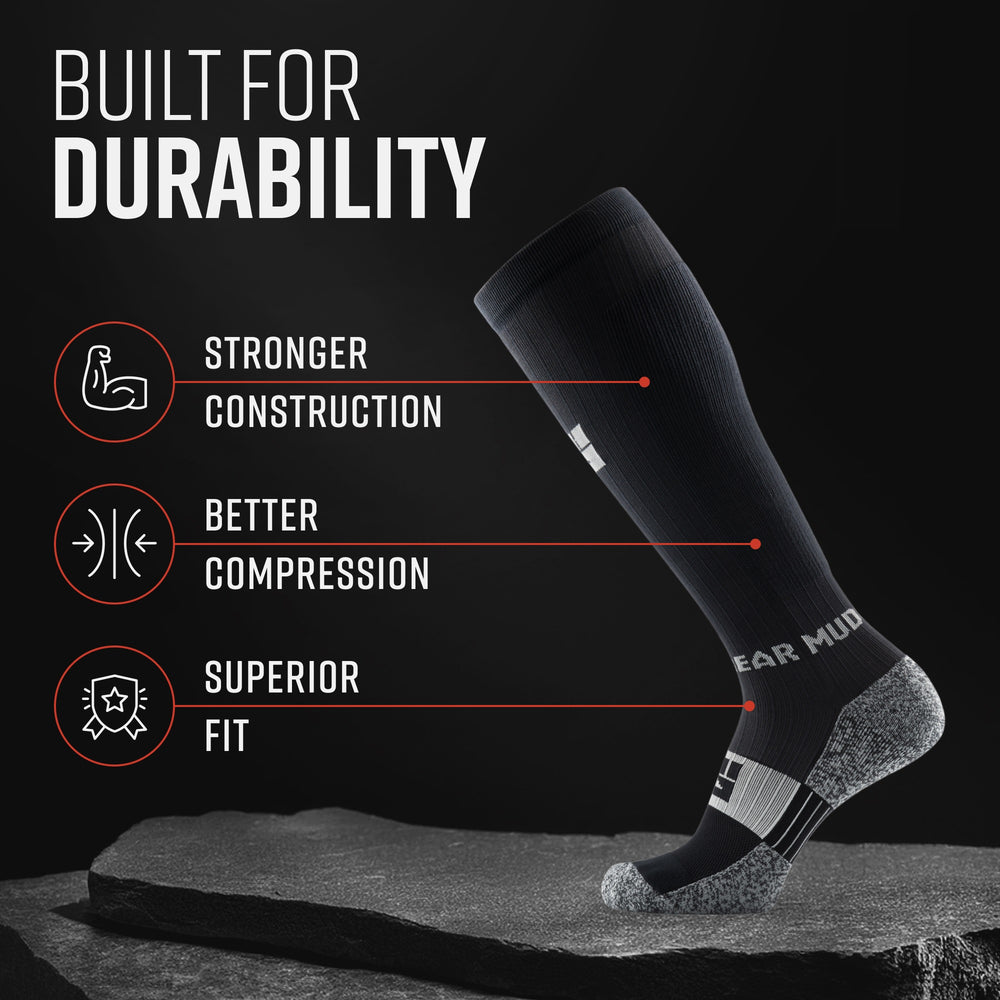
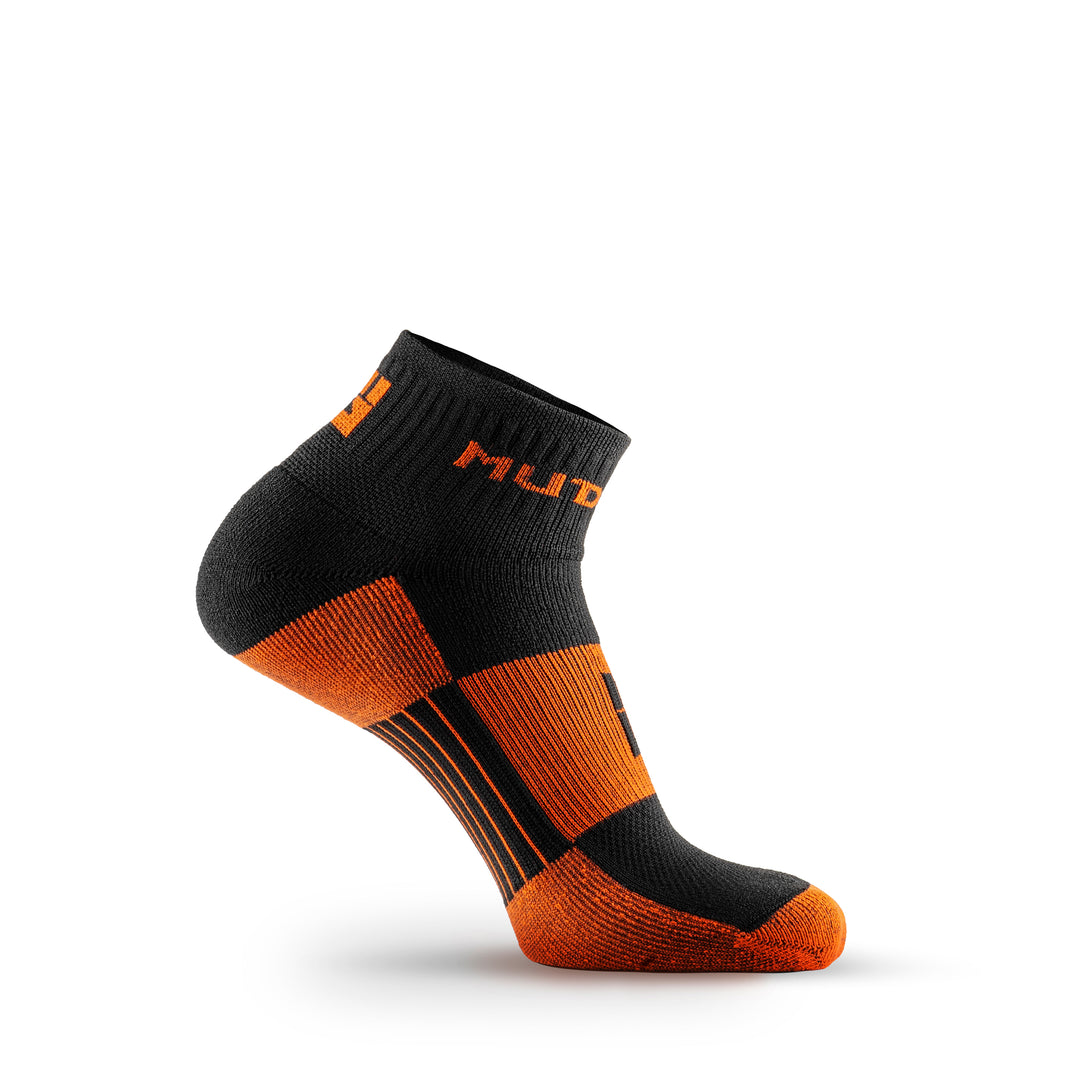
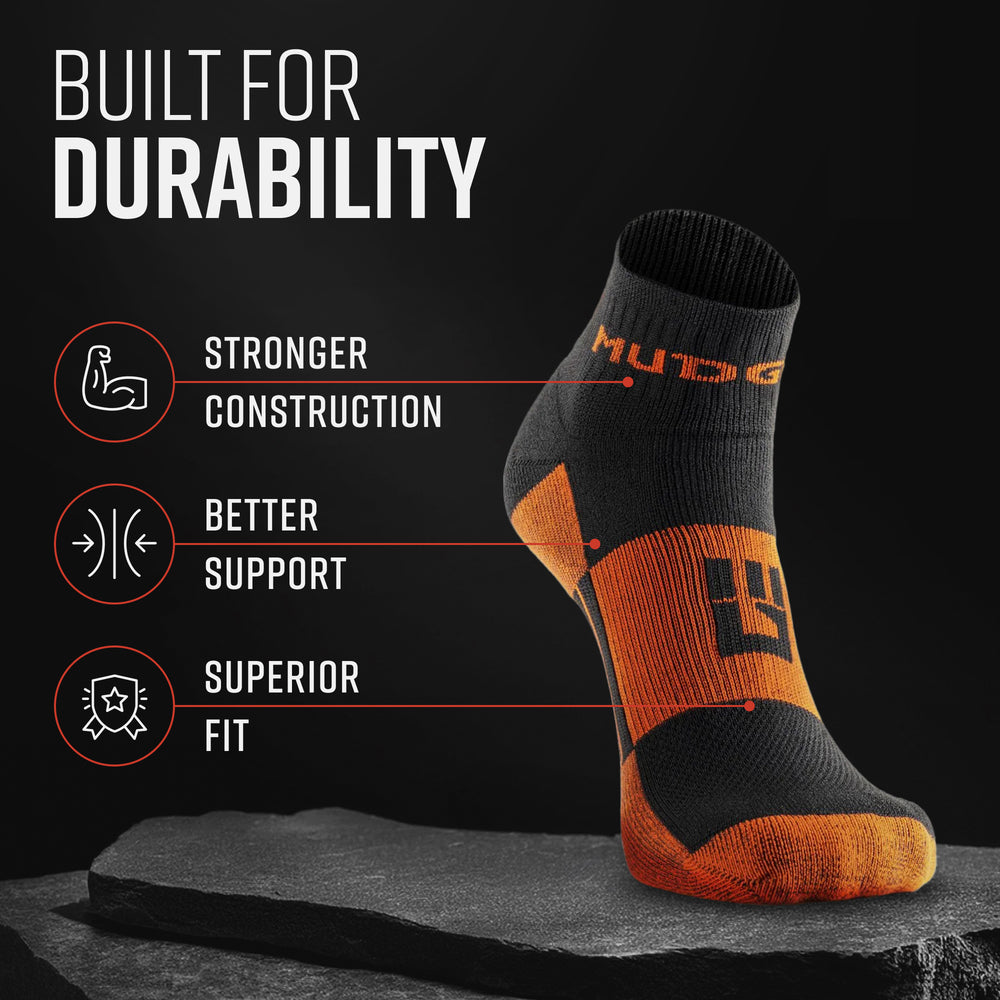


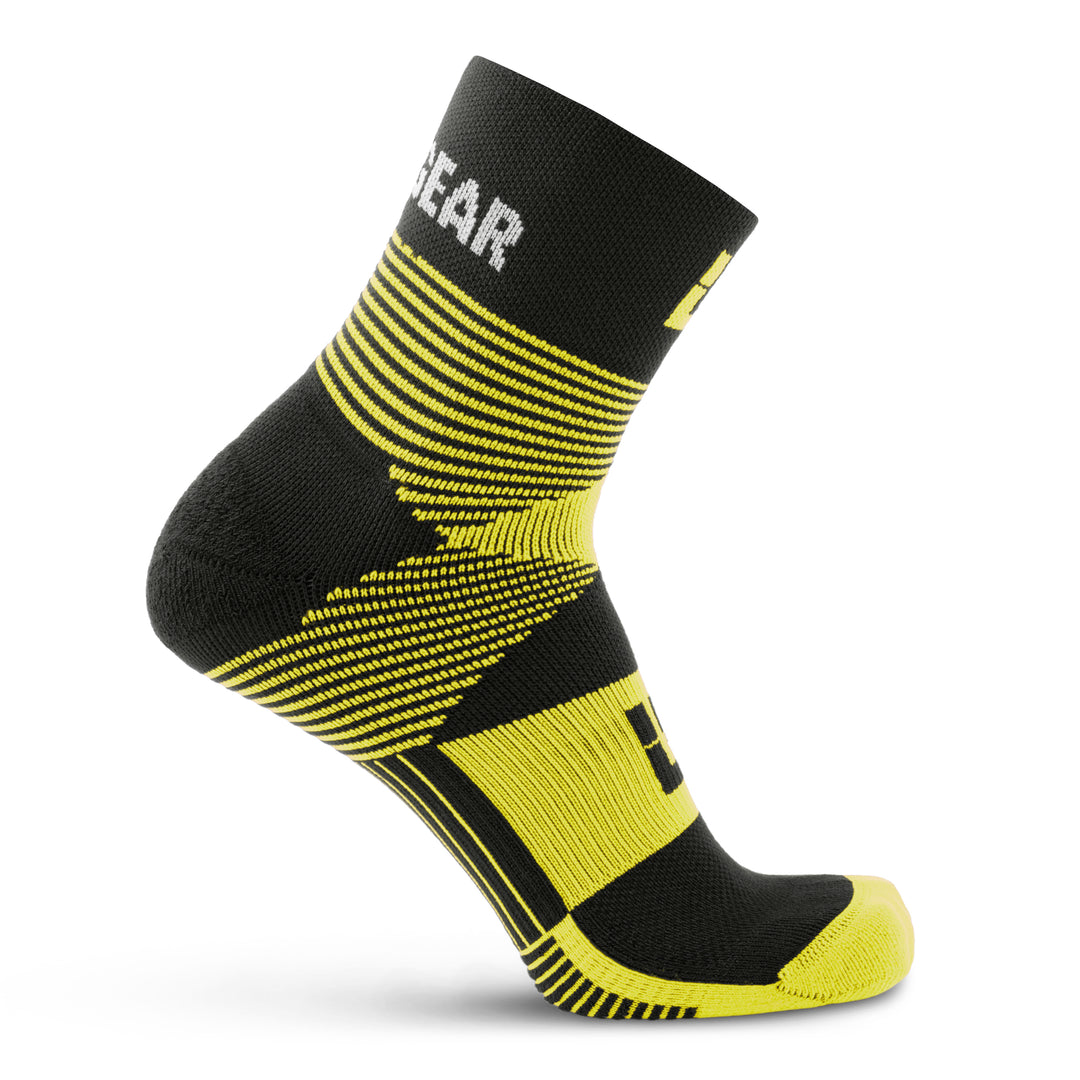
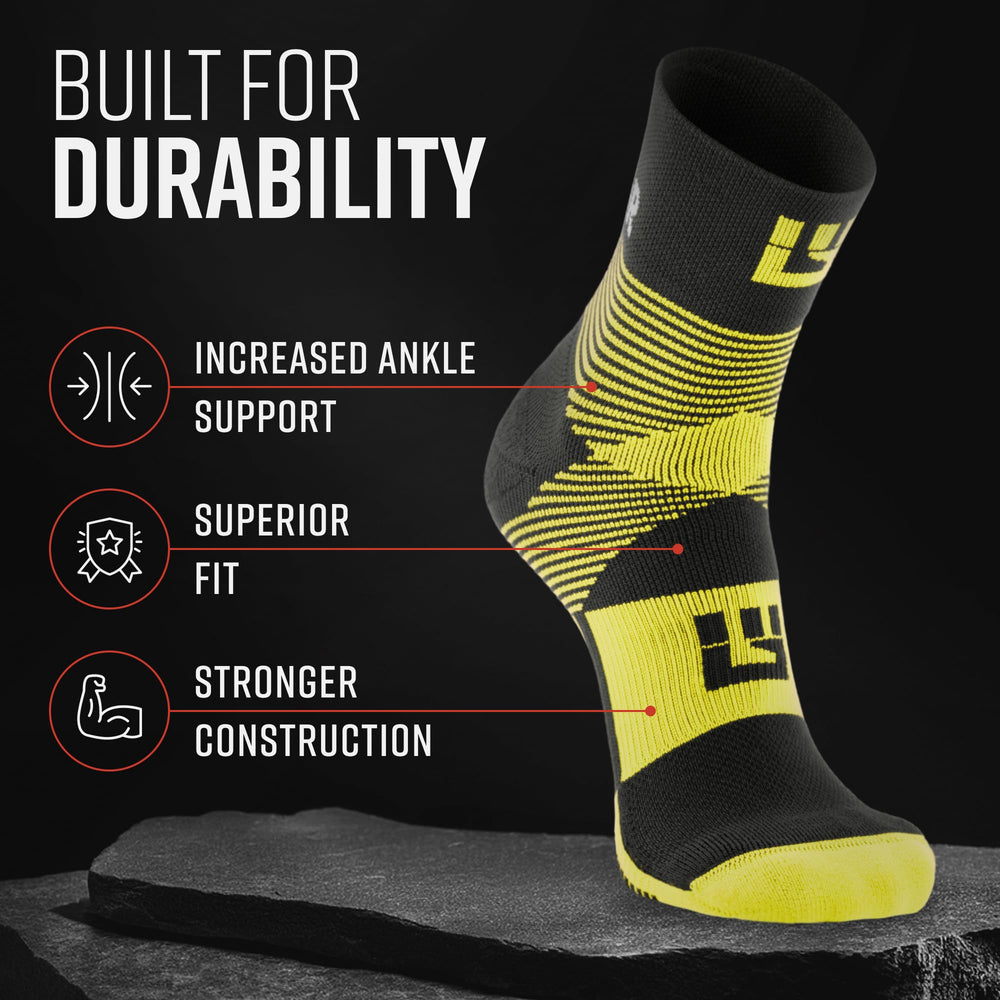

Leave a comment